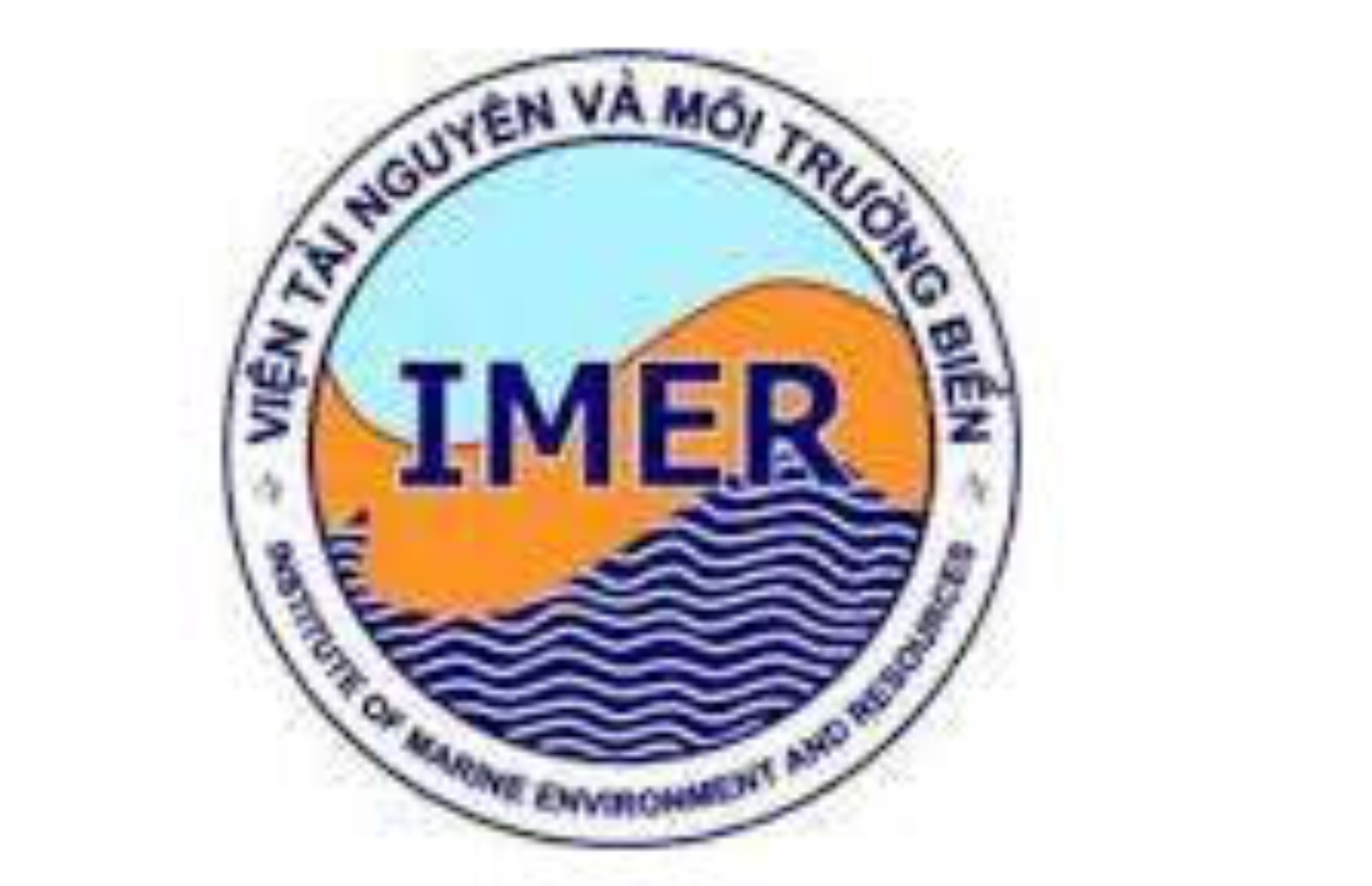Rupture process of the 2014 Orkney earthquake, South Africa
Author affiliations
DOI:
https://doi.org/10.15625/1859-3097/17/4B/12995Keywords:
Aftershock distribution, isochrones backprojection method, multiple rupture, strong motion generating area, tectonic earthquake.Abstract
An earthquake has occurred at 10:22:33 UT on 5 August 2014 in the Klerksdorp district, the North West province of South Africa. Its hypocenter is located beneath an Orkney town, where more than 10 gold mines exist. The Council for Geoscience (CGS) in South Africa reported that the magnitude and depth was ML5.5 and 4.7 km, respectively. CGS has been operating 17 surface seismic acceleration stations with 10 km interval in average, and obtained continuous acceleration seismograms through the time of the earthquake and following aftershocks. Using these seismograms, we analyzed the mainshock rupture process of this earthquake. Analyzing these seismograms, we found the ‘initial rupture’ with a Richter scale approximately 4 has occurred 0.3 sec before mainshock. Furthermore, by applying detailed aftershock distribution analysis, we found most of aftershocks occurred surrounding upper and southern part of mainshock rupture area, including initial rupture hypocenter. In order to understand detailed rupture process of this event, we surveyed for strong motion generating area (SMGA) of mainshock by applying Isochrones backprojection method (IBM) to the mainshock S wave waveforms. SMGA distribution seems to fill the vacant space of the aftershock distribution and initial rupture’s hypocenter. And we also found that a horizontal layered seismic vacancy exists between aftershocks with gold mine blastings. This fact implies mainshock rupture did not extent up to gold mine.Downloads
Metrics
References
Global CMT, 2014. Global CMT Catalog, http://www.globalcmt.org/, accessed 31 Jul. 2017.
USGS, 2014. Global CMT Catalog, ttp://earthquake.usgs.gov/data/pde.php, accessed 31 Jul. 2017.
Okubo, M., Cichowicz, A., Birch, D., Ogasawara, H., Murakami, O., and Horiuchi, S., 2016. Rupture Process of the 2014 ML5. 5 Orkney Earthquake, South Africa. In AGU Fall Meeting Abstracts.
Okubo M., and Saiga, A., 2014. Source dynamics of the Philippine Sea intra-slab earthquakes - Isochron back projection analysis for the 2011 eastern Mino earthquake. AOGS 2014 Meetings, Sapporo, Japan 26 July - 1 August 2014, SE15-D5-AM2-CA-013(SE15-A001).
Urabe, T., and Tsukada, S., 1992. WIN-A workstation program for processing waveform data from microearthquake networks Fall MeetingSeismol. Soc. of Jpn. Tsukuba.
Hirata, N., and Matsu’ura, M., 1987. Maximum-likelihood estimation of hypocenter with origin time eliminated using nonlinear inversion technique. Physics of The Earth and Planetary Interiors, 47, 50-61.
Waldhauser, F., and Ellsworth, W. L., 2000. A double-difference earthquake location algorithm: Method and application to the northern Hayward fault, California. Bulletin of the Seismological Society of America, 90(6), 1353-1368.
Horiuchi, S., Negishi, H., Abe, K., Kamimura, A., and Fujinawa, Y., 2005. An automatic processing system for broadcasting earthquake alarms. Bulletin of the Seismological Society of America, 95(2), 708-718.
Pulido, N., Aoi, S., and Fujiwara, H., 2008. Rupture process of the 2007 Notohanto earthquake by using an isochrones back-projection method and K-NET/KiK-net data. Earth, planets and space, 60(10), 1035-1040.
Watanabe, H., 1971. Determination of earthquake magnitude at regional distance in and near Japan. Zisin 2, 24, 189-200.
Moyer, P. A., Boettcher, M. S., Ellsworth, W. L., Ogasawara, H., Cichowicz, A., Birch, D., and van Aswegen, G., 2017. Call for Models-A Test Case for the Source Inversion Validation: The 2014 ML 5.5 Orkney, South Africa, Earthquake. Seismological Research Letters, 88(5), 1333-1338.
Ogasawara, H., Katsura, T., Hofmann, G., Yabe, Y., Nakatani, M., and Naoi, M., 2014. In-situ monitoring of rock mass response to mining in South African gold mines using the Ishii strainmeters. In Proceedings of the sixth South African rock engineering symposium (pp. 21-34).
Wessel, P., and Smith, W. H., 1991. Free software helps map and display data. Eos, Transactions American Geophysical Union, 72(41), 441-446.









